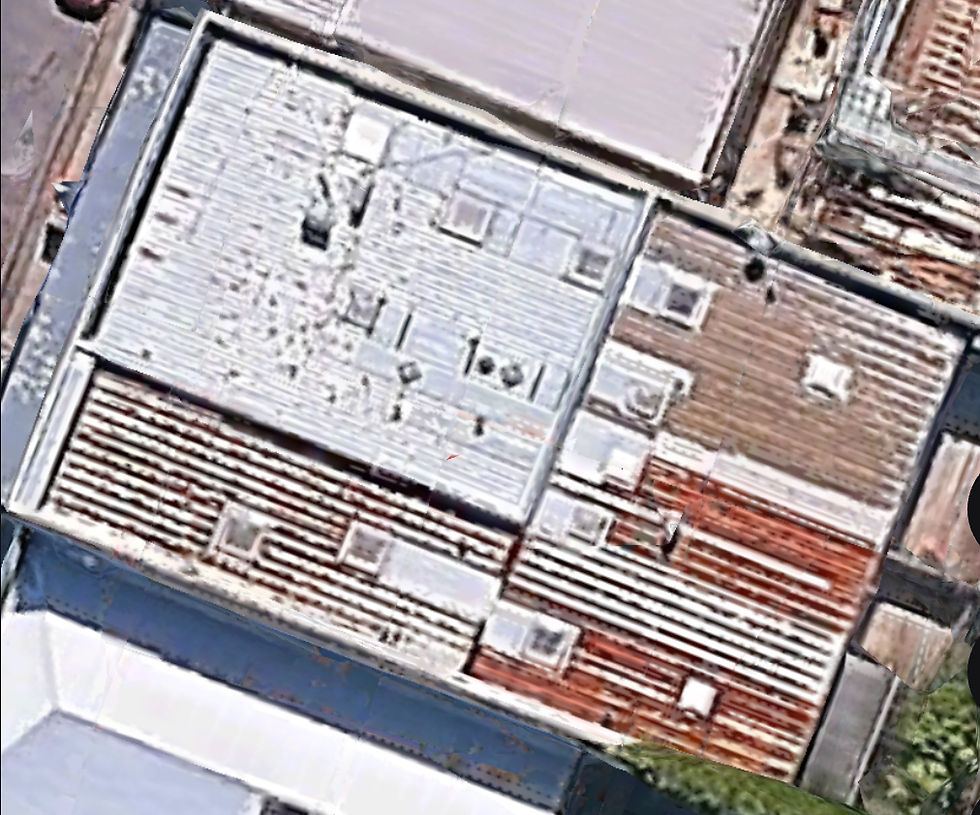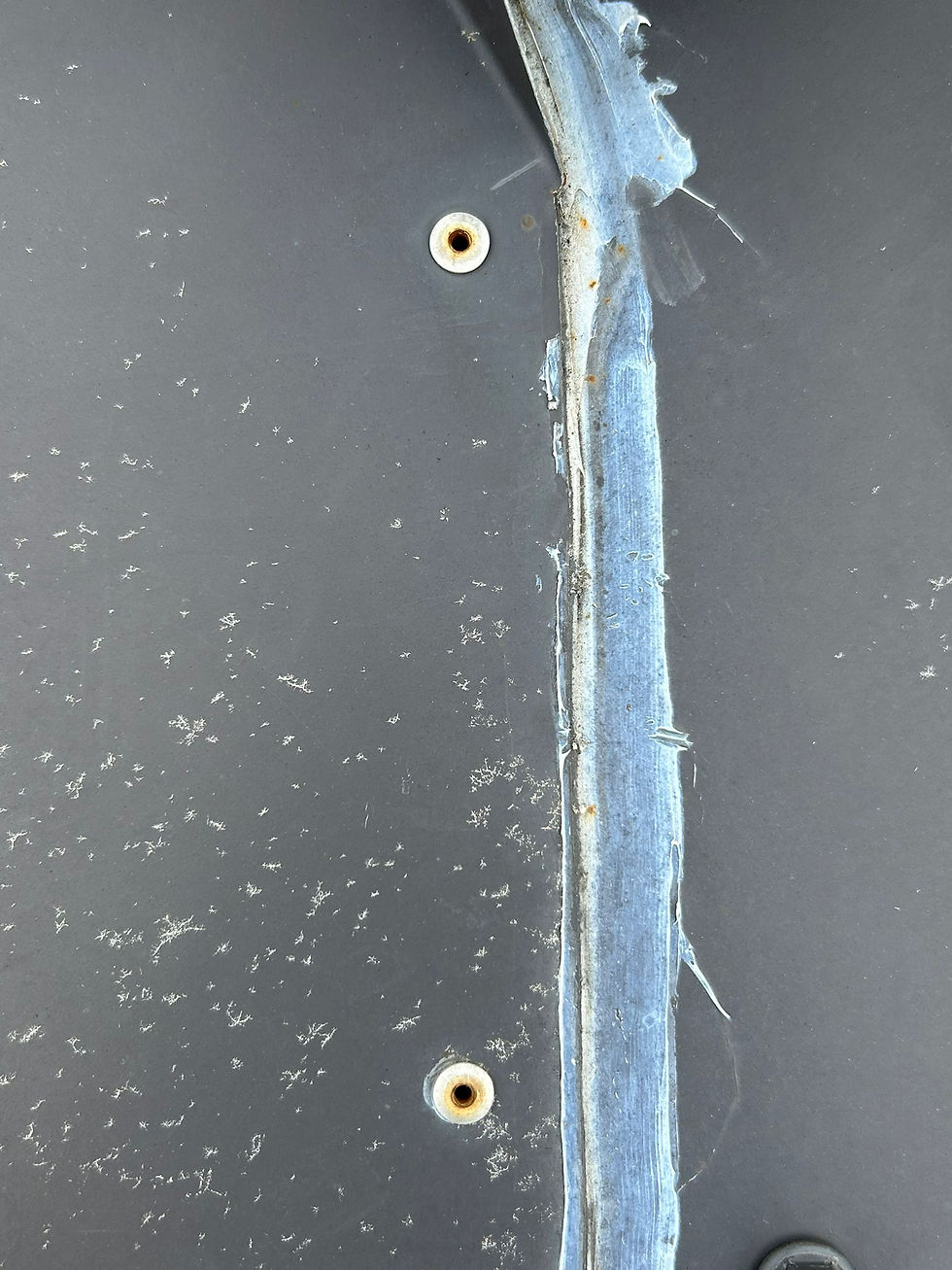
From Hot Roofs to Hot Bodies: Why Housing Design, Tenant Health, and Property Owner and Landlord Responsibility Matters
- ajraea
- Aug 30
- 3 min read
Flat-roof and small‑cavity homes are more than just uncomfortable in summer, they’re a health, legal, and financial risk.
Built Environment: Where the Heat Builds Up
As explored in my earlier article, flat‑roof and terrace‑style homes with minimal cavities absorb and trap solar heat. The results are higher cooling costs, mould risk, and uncomfortable living conditions for residents and tenants.
Solutions are available and proven:
Ventilation skylights & extraction fans – essential for airflow and humidity control.
Solar panels creating shade while generating clean electricity.
External shading devices, blocking harsh sunlight before it enters.
Nature‑based cooling, trees, rooftop gardens, and balcony planting to create cooler microclimates.
When combined, these measures deliver healthier, more sustainable homes.
The Human Body Under Heat Stress
A Bloomberg Green feature took readers inside a 104 °F (40 °C) climate chamber. Researchers observed how human bodies strain under extreme heat, offering vital insights into hydration, endurance, and vulnerability.
For tenants in overheated homes, these risks aren’t theoretical. Poor housing design can directly translate into tenant health hazards, especially for the elderly, children, or those with existing conditions.
Legal Responsibilities for Landlords
In New Zealand, landlords have clear obligations under the Healthy Homes Standards, part of the Residential Tenancies Act 1986, which require:
Proper insulation (ceiling and underfloor)
Adequate ventilation (windows and extractor fans)
Effective draught stopping
Fixed heating in main living spaces
Though framed around keeping homes warm and dry, these standards also reduce overheating through controlled airflow and temperature.
Non-compliance carries real risks: fines, Tribunal action, and reputational damage. In today’s strict liability climate, landlords could even face prosecution if tenants suffer health consequences due to poorly maintained or overheated rentals.
Climate Risk Disclosure Is Coming
The government has already enacted the Financial Sector (Climate‑related Disclosures and Other Matters) Amendment Act 2021, requiring large financial institutions to disclose climate risks (MBIE, Environment.govt.nz).
Momentum is growing toward property level disclosures for homes being sold or rented including climate risks like overheating and energy efficiency which will affect compliance and marketability.
Financing Adaptation
Upgrades like skylights, solar shading, extractor fans, insulation, and nature‑based cooling can often be funded via green or climate loans, subject to bank lending criteria making adaptation more accessible.
The Business Case: Retention & Value
Property Owners and Landlords who invest in climate-smart upgrades don’t just check a compliance box. They gain:
Healthier homes that reduce home owners and tenant complaints and health risks.
Longer-term tenants, reducing turnover and vacancy gaps.
Preserved property value, as resilient homes stay competitive in the market.
The Difference a Skylight or Ventilation System Makes
A strategically placed opening/venting skylight can dramatically enhance cross-ventilation airflow, adding property value while reducing heat-related risks.
Similarly, a properly specified fresh-air and extraction system enables occupants to sleep easier and wake up refreshed with improved mood and health.
Skylights boost property value through enhanced natural light and energy efficiency. Studies show natural light improves aesthetics and market appeal, and energy-efficient features can lead to quicker sales and a ~1.4% price increase .
Fresh air improves sleep and health by maintaining air quality and humidity levels, supporting restful sleep .
Ventilation systems maintain temperature comfort, reduce mould and moisture risks, and support better sleep and overall wellbeing .
Your choice
From overheated roofs to overheated bodies, the message is clear: ignoring extreme heat is no longer an option. Housing design, tenant health, legal responsibility, and climate disclosure are converging.
For Homeowners, landlords and property managers, the guide is simple, invest in ventilation, shading, insulation, and solar solutions today. It’s not just compliance. It’s about protecting homeowners and tenants, preserving property, and ensuring long-term value.
Reach out to Auckland Skylights Limited, we specialise in roof fixture retrofit technologies for existing buildings and can assist with strategic ventilation and heat-mitigation planning tailored to your property.
#LandlordsNZ #PropertyManagers #HealthyHomes #TenantWellbeing #HeatResilience #ClimateAdaptation #ResidentialTenanciesAct #ClimateDisclosure #TenantRetention #PropertyValue #AucklandSkylights



